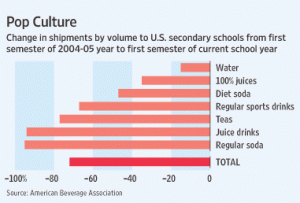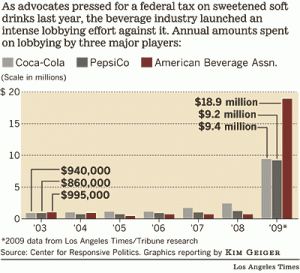What’s up with the hydrolyzed vegetable protein recall?
Thanks to Carol for this question: “I am wondering if you are planning to write anything about the current Salmonella Tennessee in hydrolyzed vegetable protein..and how it just might be in “everything.”
I wasn’t planning to make a big deal of the recall of hydrolyzed vegetable protein (HVP) – and the more than 100 products containing this flavor ingredient in the United States and in Canada – because the FDA seems on the job and nobody is getting sick (as far as we know).
But this one now looks like another food safety scandal.
To begin with, HVP is one of those fifth flavor, umami substances. As the FDA explains,
HVP is a flavor enhancer used in a wide variety of processed food products, such as soups, sauces, chilis, stews, hot dogs, gravies, seasoned snack foods, dips, and dressings. It is often blended with other spices to make seasonings that are used in or on foods.
Translation: it is indeed in everything.
This scandal begins with a whistle-blowing customer of Basic Food Flavors, the manufacturer of HVP. The customer ‘s company apparently tests its purchased ingredients for pathogens (what a concept!). It found Salmonella in the HVP. Sometime early in February, it notified the FDA.
The FDA inspected the Basic Food Flavors plant on February 12 and found Salmonella. It also found records indicating that HVP tested positive for Salmonella on January 21. What did the company do about the test? Not a thing. It continued to ship out products.
As the FDA described its findings:
After receiving the first private laboratory analytical results (Certificate of Analysis dated 1/21/2010) indicating the presence of Salmonella in your facility, you continued to distribute paste and powder products until 2/15/2010. Furthermore, from 1/21/2010 to 2/20/2010, you continued to manufacture HVP paste and powder products under the same processing conditions that did not minimize microbial contamination.
The FDA further explains [my emphasis]:
The FDA then began discussions with Basic Food Flavors regarding the firm’s intentions to conduct a voluntary recall of the HVP the company had made, in both powder and paste form, manufactured on or after Sept. 17. On Feb. 26, 2010, Basic Food Flavors began notifying its customers that it was recalling all of the HVP product in powder and paste form made since Sept. 17.
The FDA announced the recall on March 4.
This means that from January 21 until at least February 20, the company continued to ship HVP potentially contaminated with Salmonella.
Then, over the next six days, the FDA had to beg Basic Food Flavors to issue a recall. The company may have started notifying customers on February 26 but the FDA did not announce the recall until March 4, weeks after the first findings of Salmonella.
Do we need more evidence that the FDA needs the authority to order recalls? And when is Congress going to get around to passing the food safety bill? The last I heard, they were talking about May, maybe. At best, this would be nine months after the House passed the bill last August.
Undoubtedly, this situation is frustrating for the FDA. But it is downright dangerous to us. It’s time to scream at Congress to act.
Addendum: The fallout from the recall is just beginning. Windsor Farms of Lampasas, Texas and Oakland, Mississippi is recalling 1.7 million pounds of ready-to-eat beef taquito and chicken quesadilla products+ containing HVP. Procter & Gamble is recalling Pringles Restaurant Cravers Cheeseburger potato crisps and Family Faves Taco Night potato crisps. And here are some more:



